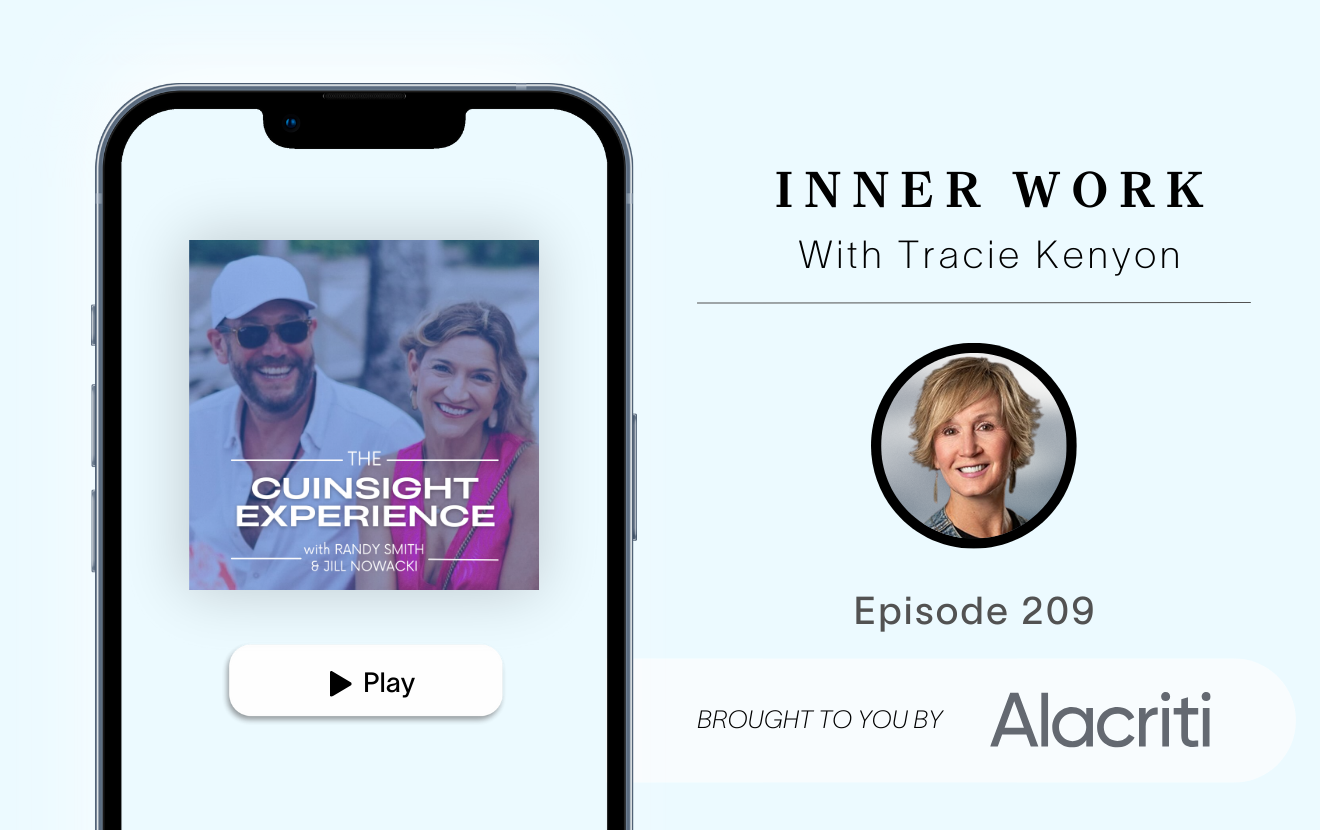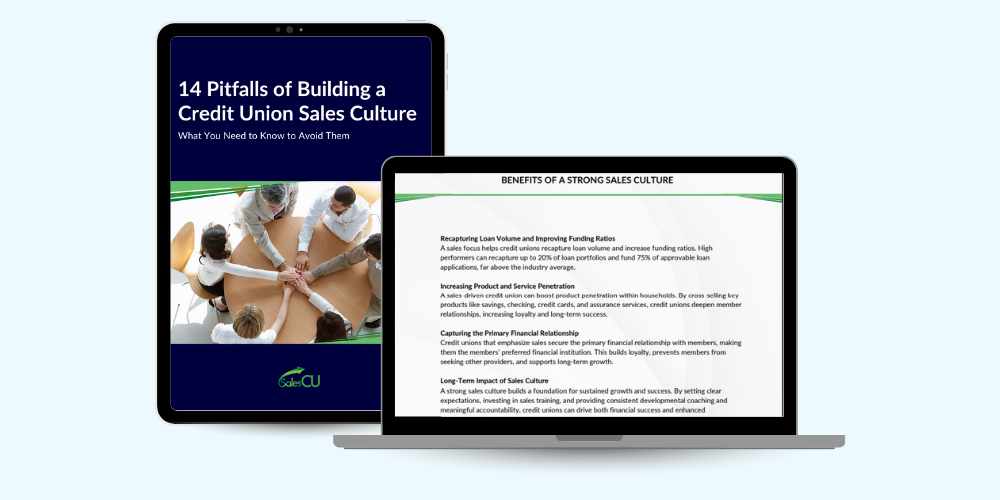I have been fortunate to work in financial institutions with rich commercial banking divisions. Terms like SBA Express, 7(a), and 504 became second nature in the office, at client lunches, and on the golf course. However, in December 2017, I learned about the most essential SBA product after witnessing what was, at the time, the largest wildfire in the history of the State of California. The Thomas Fire burned 440 square miles through Ventura County, ultimately reaching my beloved Santa Barbara. As they say, all bets are off when the Santa Ana winds blow.
According to the National Weather Service, much of Southern California experienced the season's strongest and longest Santa Ana wind event. To add insult to injury, the first measurable rain fell a month after the fire began, causing flash floods and mudflows in the community of Montecito, wreaking havoc on lives and property. This was, in fact, a perfect storm. In the months that followed, I partnered with the SBA to assist business owners in obtaining Economic Injury Loans to help address how this month-long natural disaster destroyed the ability to generate revenue.
Reflecting on this time, I think about the winds of change in our People Helping People industry today. In some ways, they are as strong as a Santa Ana wind event. We are witnessing a wave of retirements and rapid consolidation of credit unions, vendors, and trade associations. This creates new leadership and major changes that impact our people.
The last team of employees I led were all parents of school-aged children. Two were also caring for aging parents. According to the National Alliance for Caregiving and AARP, approximately 34.2 million Americans have provided unpaid care to adults aged 50 or older in the past year. This invisible work takes a toll on people.
As a leader, I take a holistic approach to valuing the whole person. I get to know my team members and what they need to be happy at work. Happy employees thrive when their leaders care. We reached our goals, met benchmarks, recovered record income, and built relationships with centers of influence in every community we served. While achieving those results, I ensured team members regularly attended baseball games, dance recitals, or their parents’ doctor appointments.
At Humanidei, I am fortunate to work with incredible credit union professionals and executives nationwide. Too often, they share stories of struggling to balance their invisible workload with their careers, sometimes working for leaders who do not value their life outside of work. Employees are forced to decide between continuing their careers or prioritizing their invisible work at home, sometimes walking away and experiencing a new type of “economic injury.”
Economic injury does not have to play in our People Helping People industry sandbox. For leaders, I offer three principles to lead with to create an environment where your team can balance their full lives:
- Be a people-centric organization. Ensure every manager leads with this philosophy. While recruiting, we work with leaders to help them understand the current culture and the likelihood of employee satisfaction through investing in people professionally and personally. As much as employers want to think we are in the driver's seat when filling a position, today’s workforce is interviewing you as a leader just as much as you are interviewing them. The best talent will pursue opportunities that allow them to be fully present in all areas of their lives. Do your values show that you are people-centric?
- Lead with trust. Trust that your employees are working and focused on making your organization shine. In the last team I led, we worked a hybrid schedule, and I never questioned what they were doing. Instead, I used data to drive my decisions and process improvement to improve how we worked. Our annual production was up 66% due to consumer spending trends, yet I never added staff. Leveraging collaboration and project management tools that provide real-time data on remote workers’ activities and progress is critical. Platforms like Asana and Trello help leaders track team members’ tasks, timelines, and contributions, enabling them to make informed decisions based on data and performance metrics.
- Measure and Make Corrections. Speaking of data, I geek out about data and company culture, and follow leaders on social media from global companies who lead with data-driven strategies. According to Eimear Marrinan, Vice President of Culture, DI&B, and Sustainability at Hubspot, one of their people-centric approaches is to give their global workforce the choice to work where they work best—in the office, fully remote, or a combination of the two. Leadership pulse-checks quarterly data points like productivity and employee engagement. They lead with data and not with feelings or opinions. By adopting a data-driven and supportive approach like Hubspot, where decisions are based on quantifiable metrics rather than subjective feelings, leaders can gain valuable insights into the performance and well-being of their remote workforce.
Leaders, our industry motto is “People Helping People”. When the Santa Ana winds blow, all bets are off. Invest in the one thing you’ll never regret—inspiring your people.
Humanidei puts people front and center in everything we do and builds every solution we offer, from executive recruitment to executive and professional coaching, strategic planning and consulting, Board development, and DEI consulting, through the lens of creating a more inclusive credit union space.








